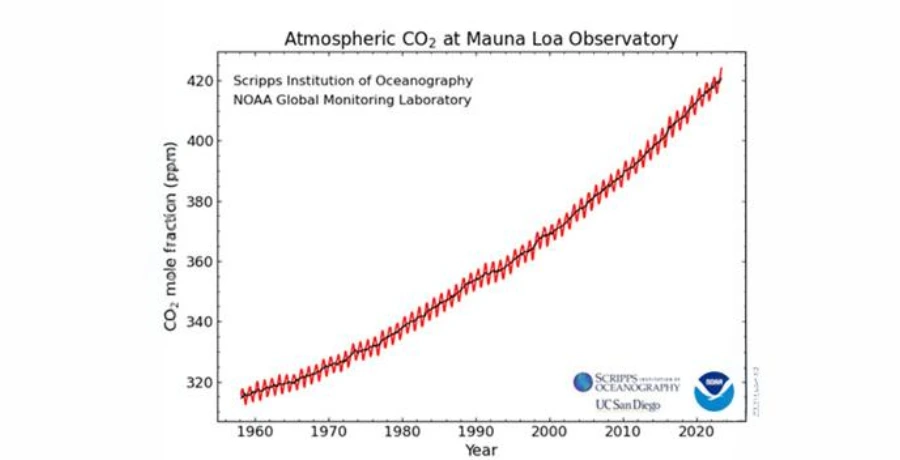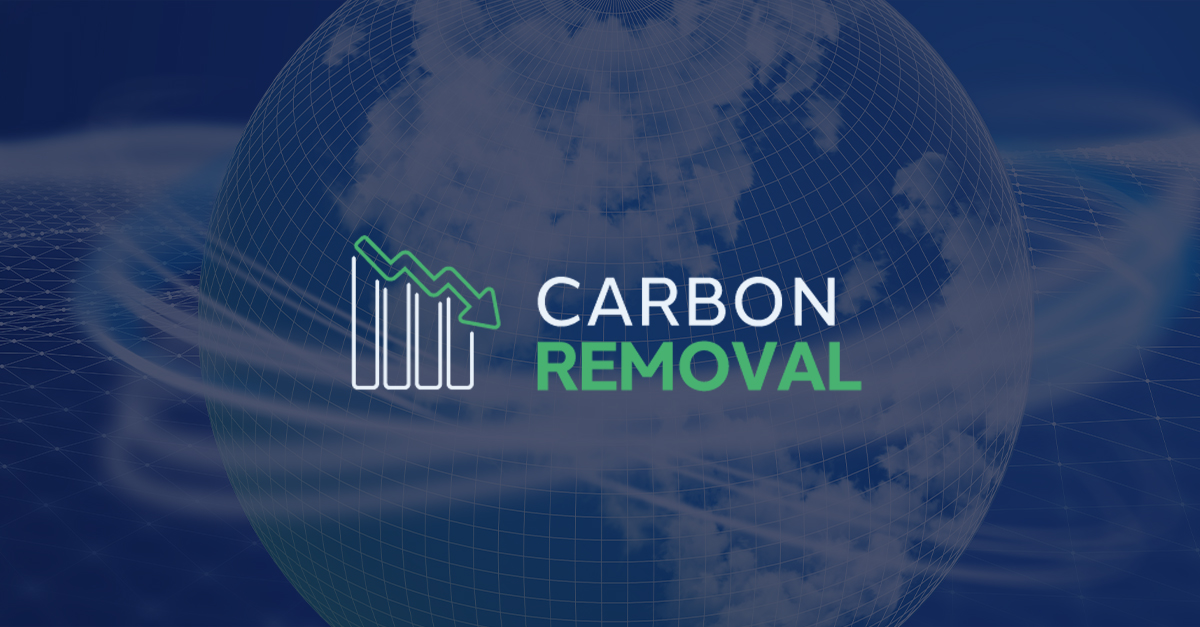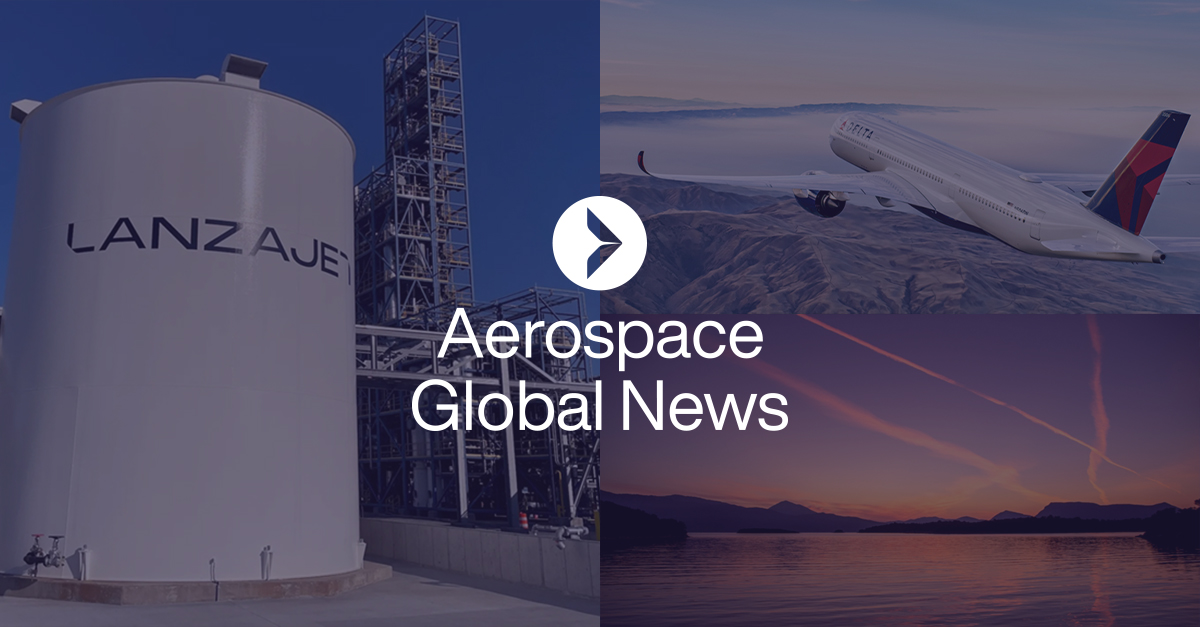(last updated 07/08/2025)
As the industry strives to find long-term solutions to alternative fuels, direct carbon removal or capture could help companies meet Net Zero targets.
What is Carbon Dioxide or CO2?
Carbon is the fourth most abundant element in the universe and is a primary component of all life on Earth. Carbon Dioxide is a molecule composed of one carbon atom and two oxygen atoms. We breathe air in, exhaling its waste product.
It is a colourless, odourless gas that is slightly denser than air. CO2 is a greenhouse gas, that acts as an insulator due to its non-conductive properties, trapping heat in the atmosphere and contributing to climate change.
It comes from natural sources, like volcanic activities or animal metabolisms. Human activities, like deforestation, industrial activities and burning fossil fuels also contribute to the levels of CO2 found in the atmosphere.
Increased levels of carbon dioxide are being absorbed by the Earth’s oceans, raising their pH levels. According to the National Oceanic and Atmospheric Administration, at the moment the average pH is around 8.1 (alkaline), but as the oceans continue to absorb CO2 they will become more acidic, negatively affecting ocean life.
How much CO2 is there in the atmosphere now?
According to recent data, the levels of carbon dioxide hit 424 ppm (NOAA, 2023), further highlighting the imperative urgency behind the need for carbon removal.
Overall, aviation accounts for 2-3% of global carbon dioxide emissions, with many leading industry players announcing plans to have zero-emission aircraft in the coming years, i.e. Airbus will be using hydrogen fuel cells in their fleet by 2035. The progress is slow, but it can be accelerated.

Carbon Removal Technologies
The market for dioxide removal has expanded significantly in the last decade, with companies worldwide investing in developing solutions to capture and permanently store CO2. According to McKinsey, by 2025, next-generation climate technologies could attract $1.5 trillion to $2 trillion of annual capital investment, creating jobs across various sectors.
Direct Air Capture (DAC) technique is leading the way in the field, where CO2 is extracted directly from the atmosphere and stored either underground or incorporated into existing industrial processes.
Enhanced Weathering is another strategy that focuses on removing CO2 from the atmosphere, storing it in rocks, which are then worn away by the rain, releasing elements like calcium and magnesium. This technique is very effective, capable of removing billions of tons of carbon from the air yearly, however, it takes a lot of time, energy and other resources to make a positive effect on the environment.
Pioneering solutions to carbon removal continue to emerge. Synhelion, a company from Zurich makes jet fuel from carbon monoxide, sunlight and water by pouring CO2 and water into a tower and using concentrated solar heat to break the molecules into hydrogen and carbon monoxide. This ‘syngas’ can then be used to create other fuels, like kerosene, methanol or other hydrocarbons. When combusted, only as much carbon dioxide is released as was originally taken in, making it carbon-neutral.
Carbon Removal Companies
There are now many companies working on carbon removal projects, with specialties arising around direct air capture, carbon capture, carbon storage, and mineralisation.
At Sustainable Skies World Summit we have had many leading carbon removal companies exhibit, including Climeworks and Carbon Engineering. View the full list of companies that exhibited at our 2025 event here.
Leading Global Collaboration
Global collaboration is key to advancing the industry’s journey to reach Net Zero. Carbon emissions released in one country are directly affecting other countries across the globe. Major industry players are developing collective approaches to foster innovation that lead to more environmentally-friendly technologies.
Experts in the field explore this topic in more detail at Sustainable Skies World Summit, a platform for fostering collaborative solutions that will make these technologies more effective and commercially viable.
Governments also play a crucial role in driving the industry’s progress towards a more sustainable future, and Sustainable Skies repeatedly features vital insights from policymakers that accelerate the successful integration of carbon removal technologies into the global supply chain.


